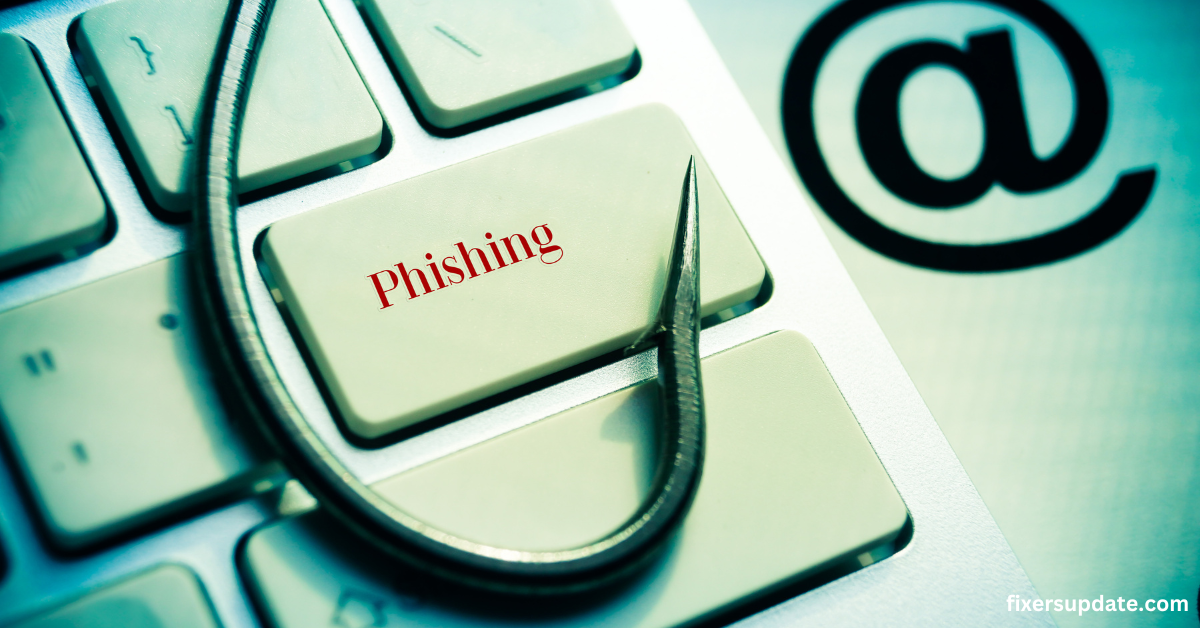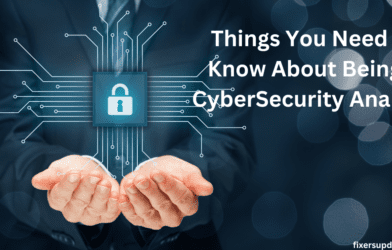How to Protect Yourself From Phishing Attacks
While cyber threats are constantly evolving, phishing attacks represent one of the most prevalent and hazardous risks to your online safety. Because these fake attempts at grabbing sensitive details can be sneaky if you’re not paying close attention to the combination. Knowing the signs of phishing will assist you to protect your data and organization. This article gives you the information needed to recognize possible phishing attempts and actionable steps to protect your digital life. Phishing Attack Warning Signs to Keep You One Step Ahead of the Bad Guys
What is a Phishing Attack?
Definition and Mechanics
Phishing is an act of cybercrime where the attacker pretends to be a reputable organization, in order to acquire sensitive information from the victim and redirect or otherwise soliciting harmful actions. Criminals generally pull off these attacks by simulating emails purportedly from legitimate sources, typically warning of a crisis and directing recipients to open a link or stimulate private information.
Some common methods seen in phishing attacks:
Spoofing: Pretending to be a real entity/person
Urgency:Creating a sense or Urgency, push the recipient to make action RIGHT AWAY
Fear or intimidation:Threatening the recipient with negative impacts in case they do not follow the order.
Types of Phishing Attacks
Phishing Attack with Deceptive: Deceived emails are Email Mass-including some appearing to originate from a recognized source.
Spear phishing —Target attacks aimed at specific individuals or organizations.
Whale phishing — these highly-targeted attacks are designed to trick senior executives or key personnel.
Smishing = Phishing using SMS. Sentiment?
Common Tactics and Red Flags
Tactics Phishing Attacks Use
Manufacturing a sense of urgency
Sending blanket greetings rather than personalized messages
With risky attachments or links
Poor grammar and spelling
Asking for sensitive data via email
Potential Consequences
Phishing losses may include financial loss, identity theft — including stolen account information or social security numbers, health data breaches as in the case of a Vanderbilt Medical Center breach reported earlier this year — and failure to protect personal and organizational data. The bad stuff: Hackers can log into bank accounts, steal sensitive information or even entire networks — including data breaches that produce headline news.
The Most Common Techniques in Phishing Attacks
Most Prevalent Email Threat: Phishing
Phishing and spam messages makes appearance of secure sources typically including malevolent links or attachments. It is a common practice among hackers to use domain names that seem to be genuine companies, as in this case.
Spear Phishing and Whaling: Targeted Approaches
The easiest way to differentiate between these types of attacks is spear phishing focuses on the target while whaling targets high-profile people, such as executives. The two methods differ in that each of them exploits the information available about the target to develop highly persuasive messages.
Moving Past Just Email
Smishing – Text messages for phishing that aims at mobile users.
Vishing – Voice Phishing, is an attempt to manipulate people over phone calls.
Angler Phishing — on social media primarily appear to be customer support.
10 Signs that an Email is Phishing
Inspect the sender’s email: Be cautious of a incorrect domain, or public email domain instead of official one.
Immediate action: Closely scrutinizes any email requesting immediate response or containing a threat to quickly take an action from you.
How well is the greeting thought out: Professional organizations always address their recipients with unique names rather than common greetings.
Be wary of links and attachments: Hover over a link to see where it is taking you before clicking, and avoid unexpected attachments.
Look for bad grammar or spelling: Phishing emails frequently contain mistakes in syntax and spelling.
Beware of suspicious looking (and sounding) email: If they’re asking for any sensitive information that you wouldn’t normally give through email, it should invite caution.
Watch out for discrepancies: If the content or logos do not match, this could be a phishing technique.
Beware of unsolicited emails: Watch out for unexpected messages from unknown contacts
Watch out for dubious deals: If it appears too good, then most likely is.
Validate: Always reach out to the organization from these types of communication before taking any action.
What You Can Do to Stay Safe from Phishing
Stay Vigilant and Informed
Also, keep an open mind to learn new ways and tactics of phishing as they evolve in technology. This helps to understand the possible attacks.
Links And Attachments — Use Them Carefully
Do not click on suspicious links or download attachments from untrusted senders. Never fail to hover and see if the link is what it really looks like.
Verify Website Security
Before providing any sensitive data always make sure the site is using “https” and you see a padlock icon in the address bar, which means it is encrypted.
Use Multi-Factor Authentication
MFA (multi-factor authentication): Establish MFA or 2FA on important accounts for a higher security level.
Utilize Security Software (and Keep It Updated)
Use latest and updated Antivirus software as newer threats keep coming up such as Ransom ware, Trojan Horse etc. to protect you from online phising attempts.
If You Suspect Phishing
Immediate Actions
If you think you have been the target of a phishing attack, notify your colleagues and if possible, disconnect the devices involved. Reset any unfortunate breached passwords and notify your IT team or company.
Reporting the Incident
To report phishing attempts, forward emails to reportphishing@apwg.org. Notify the impersonated organization, and also contact appropriate authorities, including the Federal Trade Commission (FTC) or law enforcement.
Protecting Your Information
After which, if you have been a victim, put a credit alert with your credit agencies and potentially file the report also directly to FTC.
Conclusion
Nowadays, every Tom, Dick and Harry is in your inbox trying to con you into clicking on some ridiculous email link that leads straight to a phisher’s paradise. Identifying phishing alerts, checking odd emails before clicking and adhering to security protocols such as the use of 2FA can significantly decrease risk expectancy in relation to carrying out a phishing threat. Protect your personal, confidential information by keeping up to date with security and using security tools — and you keep those who seek to do harm at bay them.
What is Phishing Attack Prevention?
The core of phishing attack prevention is to educate users about probably unsafe emails, using some kind of anti-phishing protection, and protect sensitive data via multi-factor authentication.
What is the prevention method for phishing?
Common prevention strategies are prudent use email filters, suspicious links verification click no share personal information online to enable two factor authentication.
What is one way to prevent phishing?
While one preventive measure involves refraining from clicking on suspicious links, or downloading attachments from unrequested emails.
What is the tool to prevent phishing?
Examples of anti-phishing tools include browser filters, email security solutions, and password managers.
What are some solutions to phishing?
Solutions include email authentication standards such as DMARC, security awareness training, and endpoint protection tools.
What is the best prevention from phishing attacks the result of?
This is because the best prevention involves a two-pronged approach of employee awareness training and technical defenses (like these email filters or multi-factor authentication).














